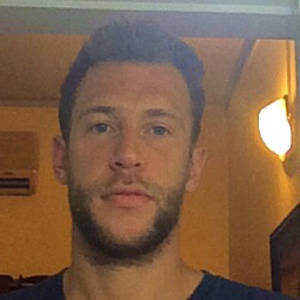WILD DOG
The African wild dog, or painted wolf, is a safari top spot, elusive due to the vast ranges they occupy and distances they travel. I’d never seen one until today, despite lurking for long periods in places where they are found. At 5am I met Wim by the hangar to take the plane to Eruvuka, one of the communities within Chuilexi’s concession area. Rural villages in northern Mozambique are the most isolated in the country, especially where there is a national protected area such as Niassa designated on top of them. Government services should still be provided but to say resources are stretched is an obvious understatement. In Eruvuka it was pleasing to see the government is financing an extension and repainting of the clinic, but other state support seems thin on the ground. A sea of children on the airstrip hadn’t learnt basic Portuguese, the overspill classroom was a baked patch of earth with no walls or furniture and the chief of the village introduced us to an elderly ill woman who appeared to be struggling with something degenerative and who needed help. Even accounting for the physically tough lives people lead in rural African, I guessed she was in her 60s. The chief said 40s.
Chuilexi has funded a long electric fence around the perimeter of Eruvuka and its agricultural areas, and this has drastically reduced conflict between community members and wildlife, the most destructive of which (for both human injury and loss of crops) is buffalo. The village of Naulala, five kilometres away, hasn’t received a fence yet as these are expensive to erect and our fundraising is ongoing. During the last harvest season the villagers pleaded desperately with Wim that their losses were terrible, and it was clear enough from the air, seeing the vulnerability of their fields and some buffalo herds close by, that the villagers’ words are no exaggeration.
From the sobering thoughts of food insecurity in these communities, to the dizzying heights of a pack of wild dogs standing in a riverbed. They were not fazed at all by the small plane circling back for a closer look. Now the plane is functional once again, we are trying to institute the logging of aerial tracks when it is being flown, as well as recording wildlife seen. All this information is critical to be able to share with donors when we need to prove Chuilexi’s value for wildlife, although thinking of summary Excel datasheets is less of a primary concern for the team managing the day-to-day operations.
Wim followed the course of a largely dry river as we meandered back to the main camp, and it proved a fruitful journey for wildlife. Big groups of elephant, buffalo and sable antelope, before the expansive Lugenda River loomed into view. Until around 18 months ago, the elephants in Niassa were getting hammered by poachers, and when they hear the plane’s engine, they are more skittish and nervous than anything else. It’s sad to see their reaction but simultaneously encouraging that they’ve already returned to diurnal activity after adapting to a nocturnal life to avoid detection.
After ten days of shuttling the five-minute drive between office and tent, and grappling with dry budgets, it was extremely gratifying to see wildlife and a total bonanza to experience wild dog. And all accomplished before breakfast.
As we left the office at the end of the day, the rain sloshed down; the first major shower of the season. The critters came out in force, slithering across the sloppy mud.

Comments
Sign in or get an account to comment.


